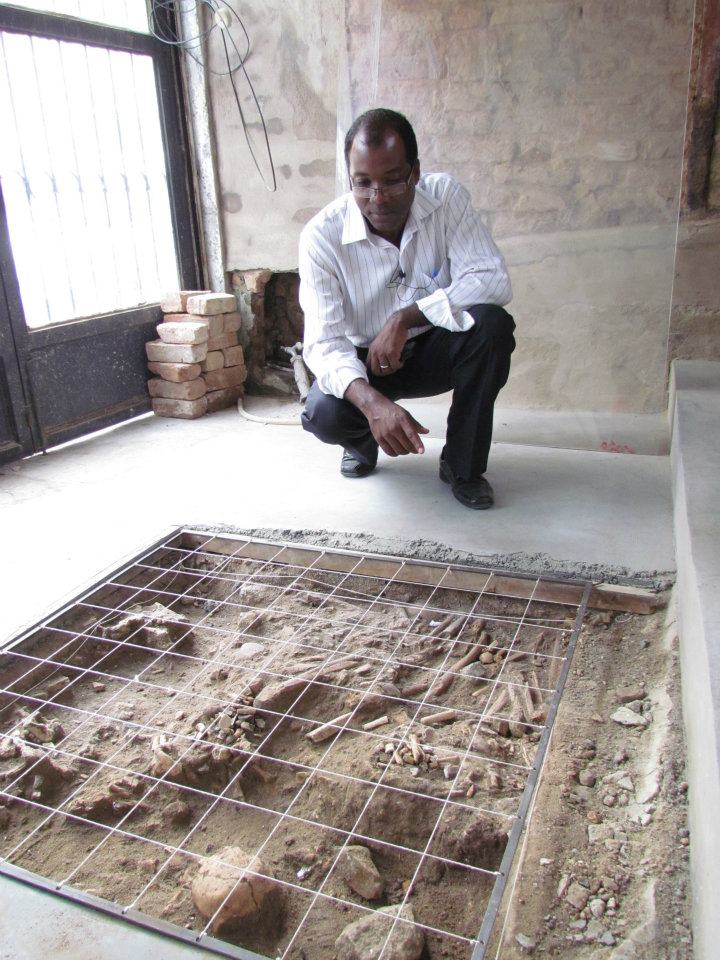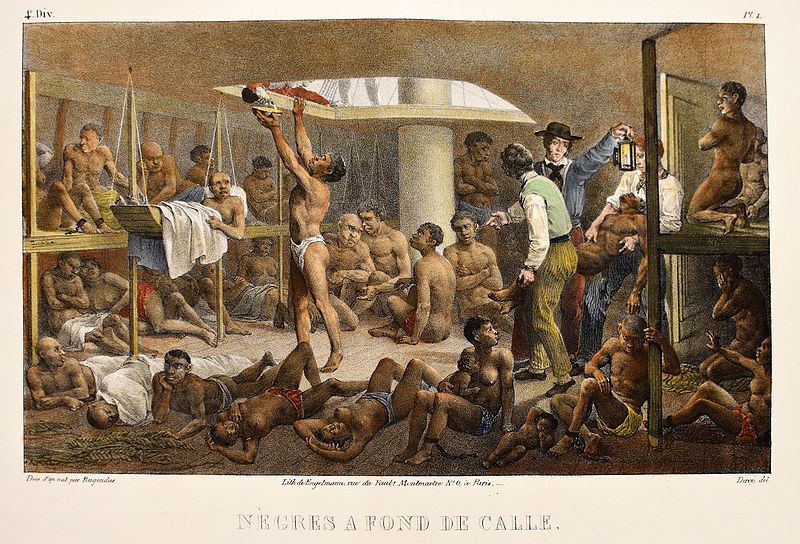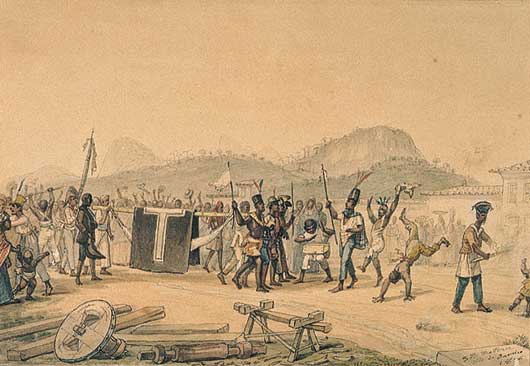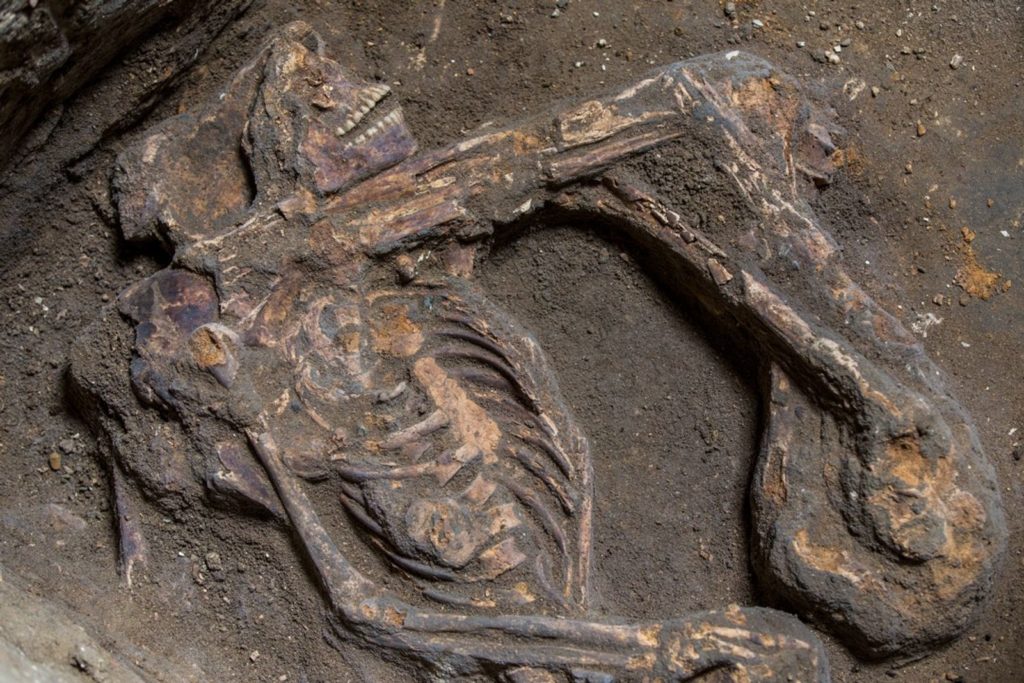
Many years ago, in the African continent, millions of Africans were brought to other countries within the condition of slavery, from which came the origin of the African Diaspora.
Nearly 10 million of the African slaves were brought to the Americas. Of these 10 million, 6 million were brought to Brazil to labor in sugarcane fields, in the mines and on coffee plantations. Of the Africans who were brought approximately 60% were sent to the Southeast region. Many of these Africans were from the linguistic and cultural group known as the Bantu.
Upon disembarking from the slaveship in Valongo, in the city of Rio de Janeiro, the enslaved were inspected at the Customs, counted and landed in the direction of the slave markets in Valongo. Those who arrived dead, or died in the sale stalls, were taken to the Black New Cemetery (Cemitério dos Pretos Novos).

In the Cemetery of the New Blacks, the bodies of the enslaved newcomers were never buried. They were left to the ground until they were burned and dismantled so that more bodies could fit. This deal shows that for Brazilian society at the time, slaves were “nothing” but bodies to be discarded in order to rot and smell, nonetheless for the African culture to which they belonged, being buried in the cemetery of the New Blacks meant a cut in their ancestral lineage that would prevent them from being resurrected in Africa.
Several travelers, among them Freireyss, scandalously described the Cemetery of the New Black and how those slaves were buried because there was no indication that the enslaved were decently buried. It is estimated that from 1769 to 1830, the date of its extinction, about 60 thousand enslaved people were buried there, despite the space of a small block of 50 fathoms.

During 1824 to 1830, the Cemetery of the New Black buried around 6.000 bodies in such small area. In the Livro de Óbitos da Freguesia de Santa Rita there are death recording which may be found a list of respective ships, ethnics and ports of origin, age, and the marks of slave masters on their bodies. In 1830 the cemetery was closed because of the anti-slave trade law and its location was lost.
But, in January of 1996, a house located at 36 Pedro Ernesto Street, in Gamboa was surprised by a great discovery. During the works, the bones of the enslaved were found. the cemetery had been rediscovered. Since then, the family of Mr. Petrucio and Mercedes, owners of the property, along with several volunteer researchers have been striving to keep the memory of Africans buried there alive.
Recently, the team of archaeologists discovered the first complete bone there, a young, African, enslaved woman who was named Bakhita in honor of the Catholic saint who fought slavery in Africa.

In conclusion, the cemetery of the new blacks was and still is the indisputable proof of slavery and the way in which human beings treated people they believed to be inferior due to their condition of enslavement uprooted from the African continent.
PEREIRA, Julio César M da S. À Flor da Terra: O Cemitério dos Pretos Novos Garamond, 2014. 2ª Edição.